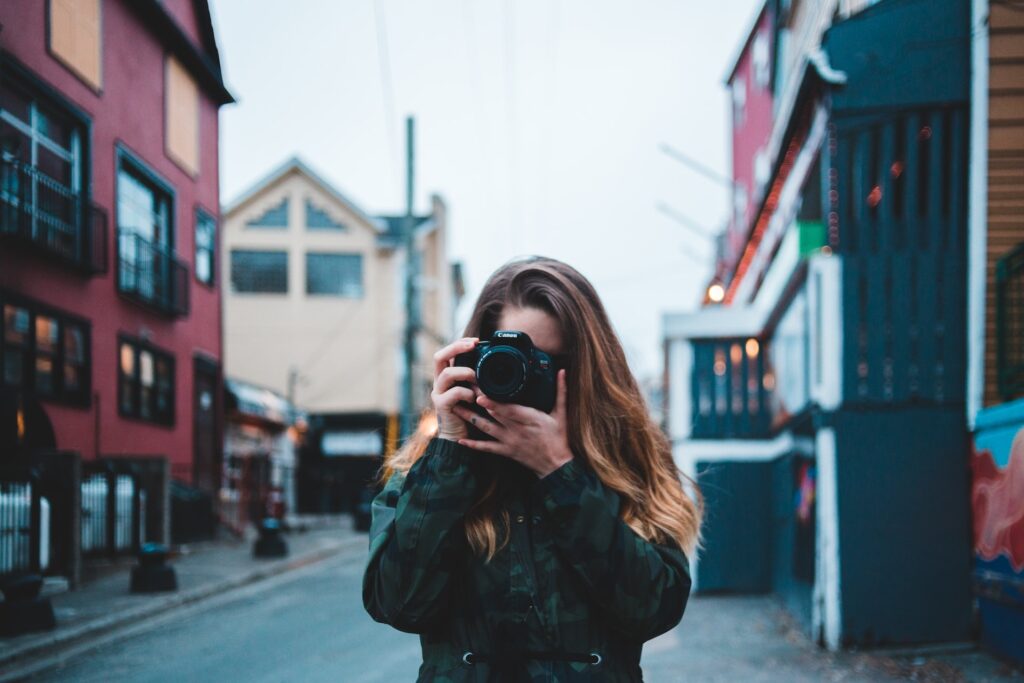Mastering the basics:
A beginner's guide to Photography
Photography is a fascinating and rewarding hobby (or job) that allows you to capture the world around you in a unique and artistic way. Whether you’re an absolute beginner or an experienced photographer looking to improve your skills, mastering the basics is essential for taking stunning photos.
First and foremost, it’s important to understand the three essential elements of photography: aperture, shutter speed, and ISO:

- Aperture refers to the size of the opening in your camera lens, which determines how much light is let in.
- Shutter speed refers to the amount of time the shutter is open, which affects the amount of motion blur in your photo.
- ISO refers to the sensitivity of your camera’s sensor to light, which affects the overall exposure of your image.
To take control of these elements and achieve the perfect exposure, it’s essential to shoot in manual mode. This allows you to adjust each setting individually to suit the lighting conditions and the look you’re trying to achieve. Start by setting a low ISO to reduce noise in your photos, and experiment with different aperture and shutter speed combinations to find the right balance of light and motion.
Composition is another crucial aspect of photography. This refers to the arrangement of elements within your frame, and it’s what gives your photos balance, interest, and visual impact. Some basic composition techniques include the rule of thirds, leading lines, and symmetry. To apply these techniques, use your camera’s viewfinder or LCD screen to compose your shot, and adjust the position of your camera or the elements within your frame to achieve the desired effect.
Lighting is also an important factor in photography. Natural light is often the most flattering and beautiful, so try to take advantage of it when possible. If you’re shooting indoors or in low light, you may need to use artificial light sources, such as flash or continuous lighting. Experiment with different lighting setups to find the one that works best for your subject and your style.

Another key to taking stunning photos is to experiment and be creative. Try different angles, perspectives, and focal lengths to add variety to your shots. Use editing software to enhance your photos and give them a unique look. And don’t be afraid to try new techniques, such as long exposures or double exposures, to add a creative touch to your photos. Discover 5 hobbies to improve your photography skills.
In conclusion, mastering the basics of photography takes time, practice, and experimentation. By understanding the essential elements of photography, practicing good composition, and experimenting with lighting and creative techniques, you can take stunning photos that capture the world around you in a unique and artistic way.